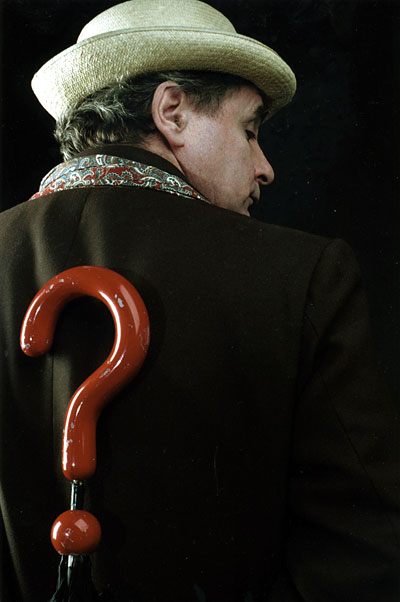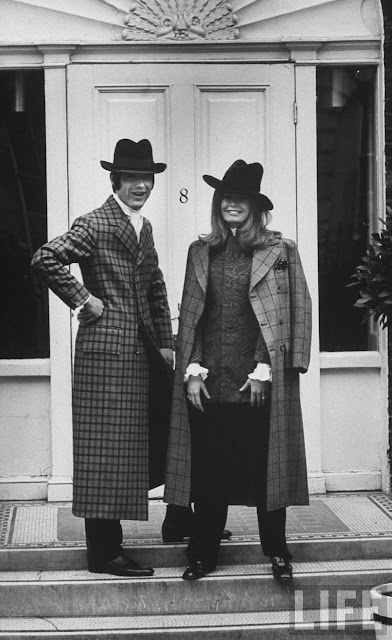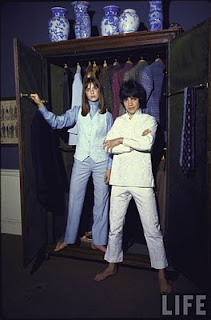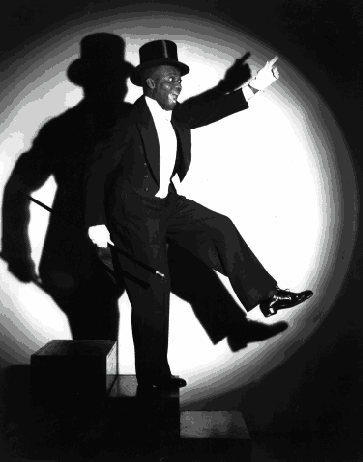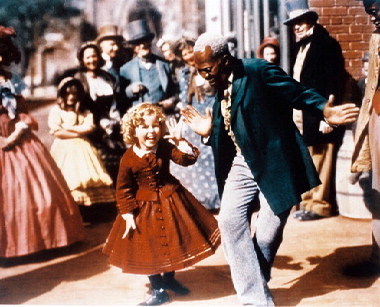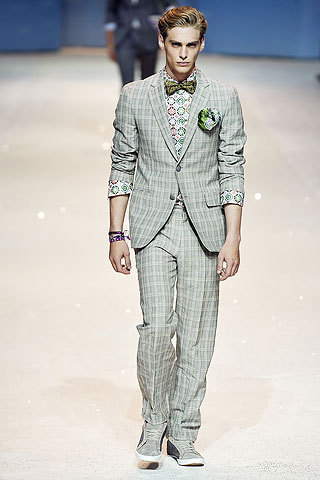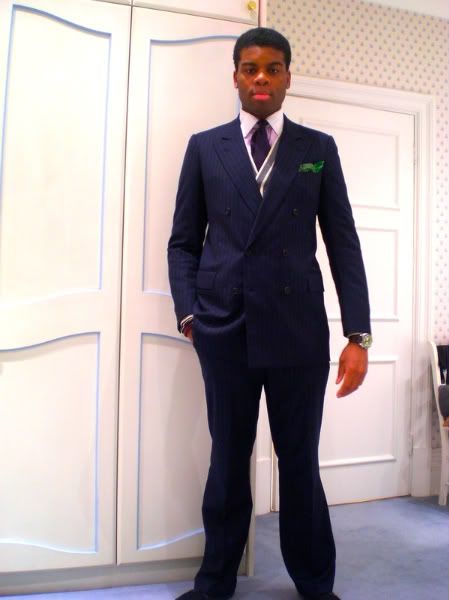So, the livery of Britain's Favourite Alien©; almost always of a kind that is definably oddball, outward and outré
Informing today's title are the early words of the seventh incarnation of the Doctor, as embodied by the peculiar showman's élan and mobile visage of Sylvester McCoy. The character's current, eleventh persona has deftly created warring camps with his attire - "Bow ties are cool" is the diktat from his recent debut episode itself - yet I've perennially found myself on the side of the 1987-9 model, not only for his meddlesome, obfuscatory, warm and ruthless persona but his offbeat formality. Such whimsy, a lasting influence? And yet an evaluation of the hero of a world-recognised adventure series from a sartorial standpoint could not be more germane to this column's mandate
The accessorising similarly straddles the line of over-application. A paisley scarf under the lapels is perhaps the height of stylish scarf use and a segment of today's Italian dressers favour such an adornment in the pockets of their coats these days, or is that merely Lino Ieluzzi? Then there is the manner in which McCoy's fob chain was pinned to his lapel, which strikes me as a somewhat patrician affectation and is certainly my preference for its more statement-based positioning over the more familiar waistcoat placement. Finally, McCoy is inarguably a hat person, to the extent that the incongruity of a straw with a self-tied band - achievable with a pocket square - accompanying cooler weather wear simply merits my admiration
Such a mix is certainly not for the undexterous, which makes it rather iconic as a presentation for a physical performer of McCoy's abilities. If not for this concept, this ensemble may never have come about. For lessons learned, it speaks for itself
Inspiring, but not as one would expect
Informing today's title are the early words of the seventh incarnation of the Doctor, as embodied by the peculiar showman's élan and mobile visage of Sylvester McCoy. The character's current, eleventh persona has deftly created warring camps with his attire - "Bow ties are cool" is the diktat from his recent debut episode itself - yet I've perennially found myself on the side of the 1987-9 model, not only for his meddlesome, obfuscatory, warm and ruthless persona but his offbeat formality. Such whimsy, a lasting influence? And yet an evaluation of the hero of a world-recognised adventure series from a sartorial standpoint could not be more germane to this column's mandate
Forgiving the branding-motivated question marked apparel - although, that said, it is quite the endearing personalised umbrella - McCoy's costume is cleverer than received wisdom would have it. Hewn closely to the producers' conception of an appearance thought of as normal from afar and stranger under scrutiny, I'll restrict myself to 1989's brown jacket model over the more familiar cream. It was to represent the devious and darker undertones of the character's progression; in practice, it veers the outfit's previous spring associations towards the autumnal and better melds its elements together, muting the fair isle-inspired vest and picking out the brown tones of the rather classical correspondent shoes. And the jacket is better cut, to boot, tightening up the well considered silhouette of proportioned garments and full cut trousers that assist in exuding the comfort and theatricality of McCoy's character. A sort of playful John Steed, perhaps
There is a confluence of designs that allows much to be gotten away with; a veritable rainbow of colour alongside a cornucopia of pattern. That the most obtrusive component remains the lurid, questionably designed, as opposed to questionably hued, question mark vest - disdained by the actor to the extent that he once tried to arrange its absence for an entire serial - is a testament to paying attention to an era of considered combinations (the 1930s) in an era of neon excess (the 1980s). Strip the outfit down a tad and one would be golfing in St. Andrew's 70 years ago. This is also cogent to its wearer; McCoy beat David Tennant to becoming the first Scottish Doctor, behind the scenes and in front of the camera, sporting plaid, tartan and paisley and deploying his own accent throughout his tenure. Thus far, this remains the only portrayal in which the Doctor was definably not the model of a very English alienThe accessorising similarly straddles the line of over-application. A paisley scarf under the lapels is perhaps the height of stylish scarf use and a segment of today's Italian dressers favour such an adornment in the pockets of their coats these days, or is that merely Lino Ieluzzi? Then there is the manner in which McCoy's fob chain was pinned to his lapel, which strikes me as a somewhat patrician affectation and is certainly my preference for its more statement-based positioning over the more familiar waistcoat placement. Finally, McCoy is inarguably a hat person, to the extent that the incongruity of a straw with a self-tied band - achievable with a pocket square - accompanying cooler weather wear simply merits my admiration
Such a mix is certainly not for the undexterous, which makes it rather iconic as a presentation for a physical performer of McCoy's abilities. If not for this concept, this ensemble may never have come about. For lessons learned, it speaks for itself
Inspiring, but not as one would expect
